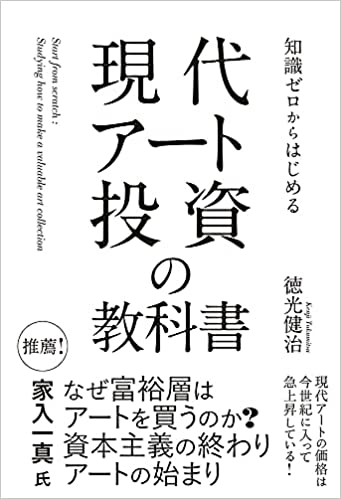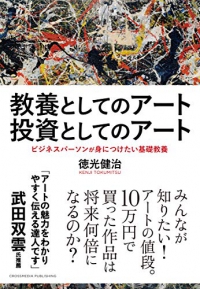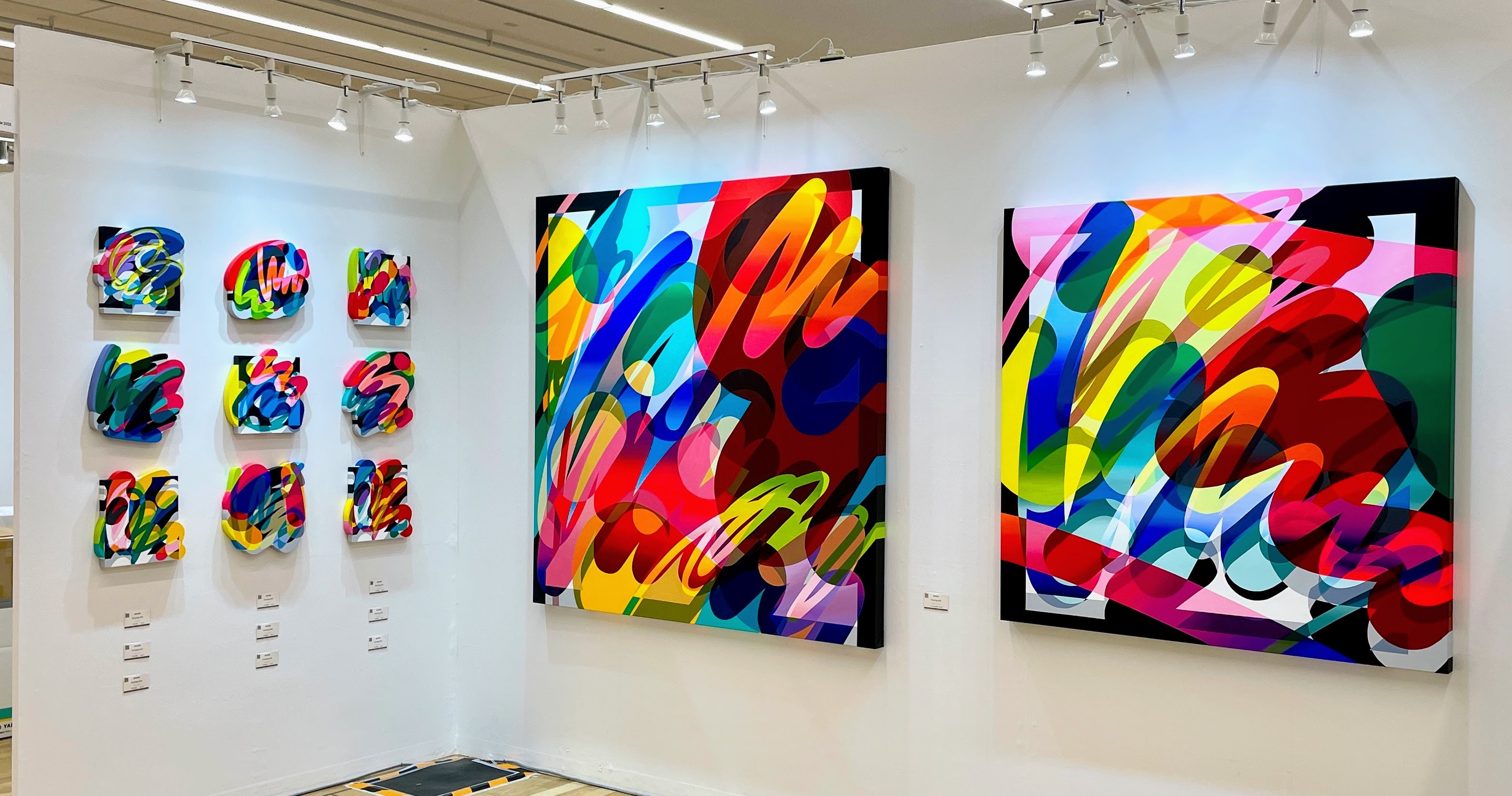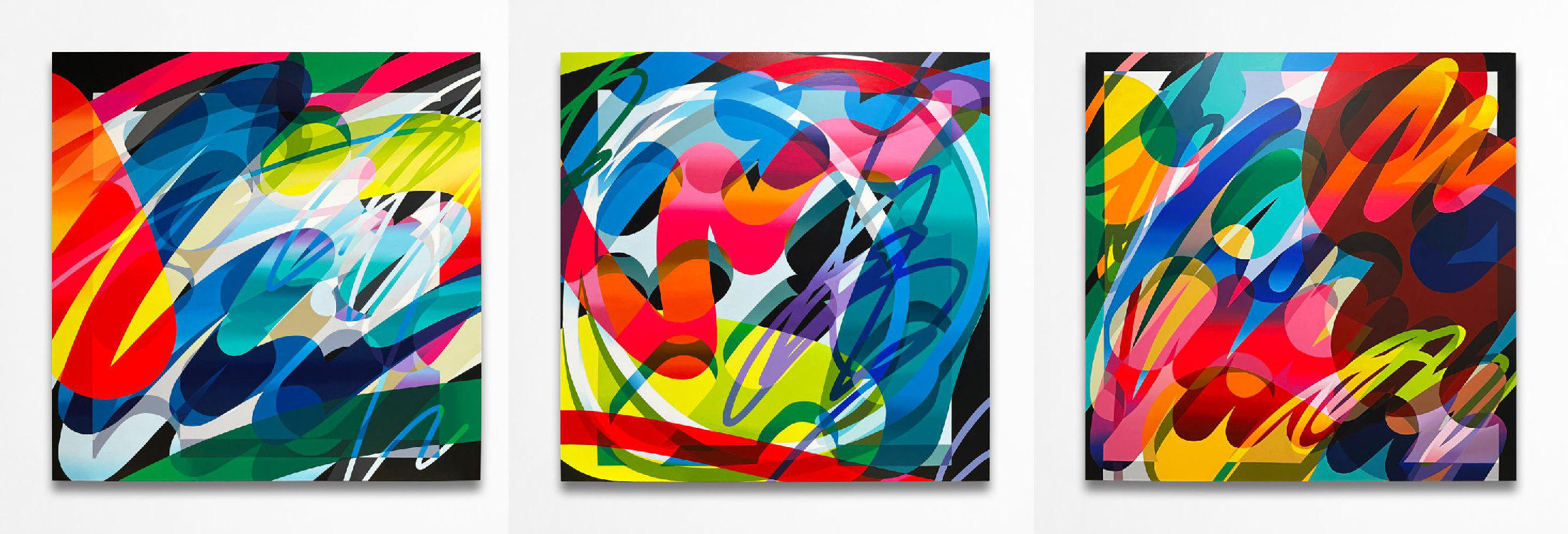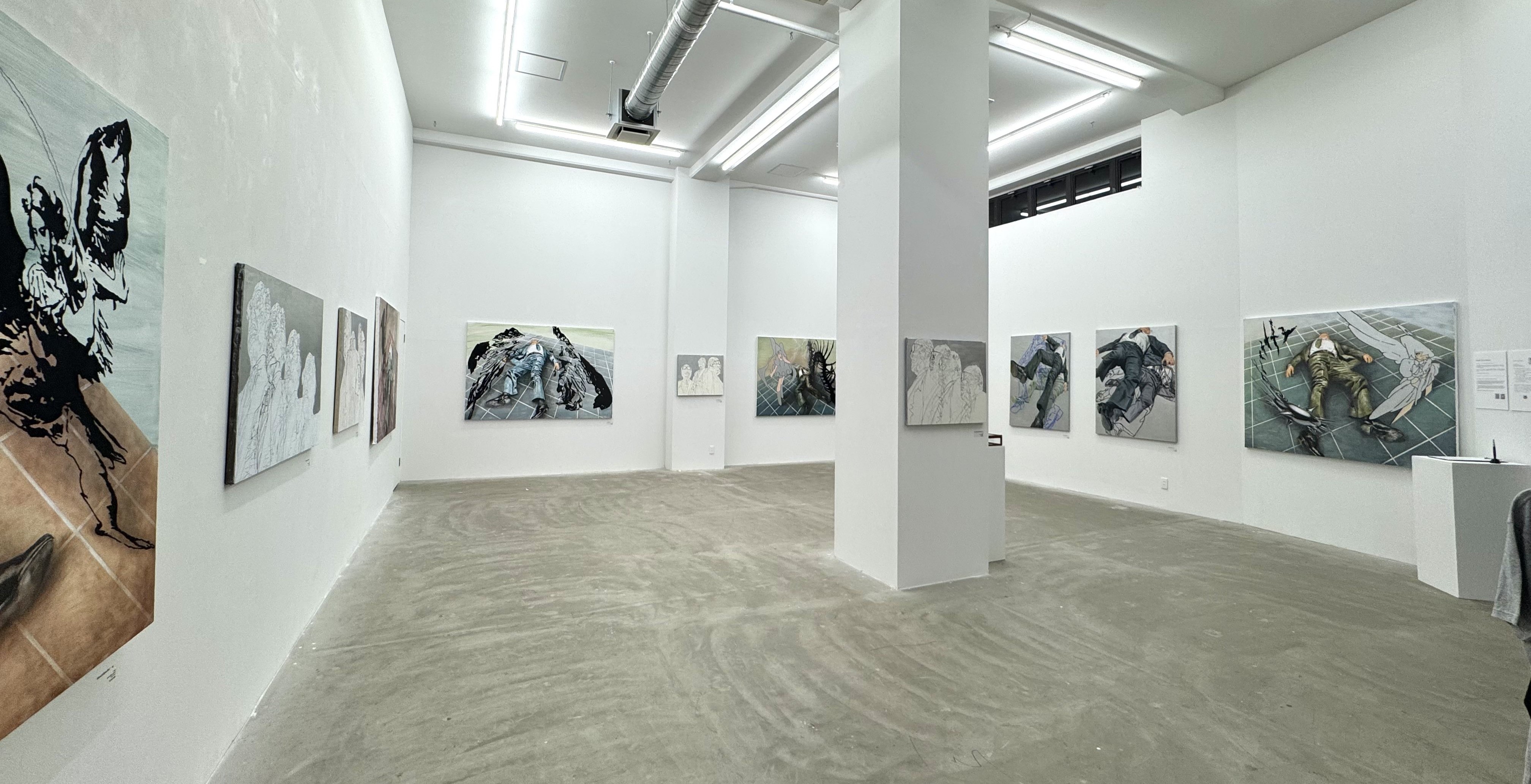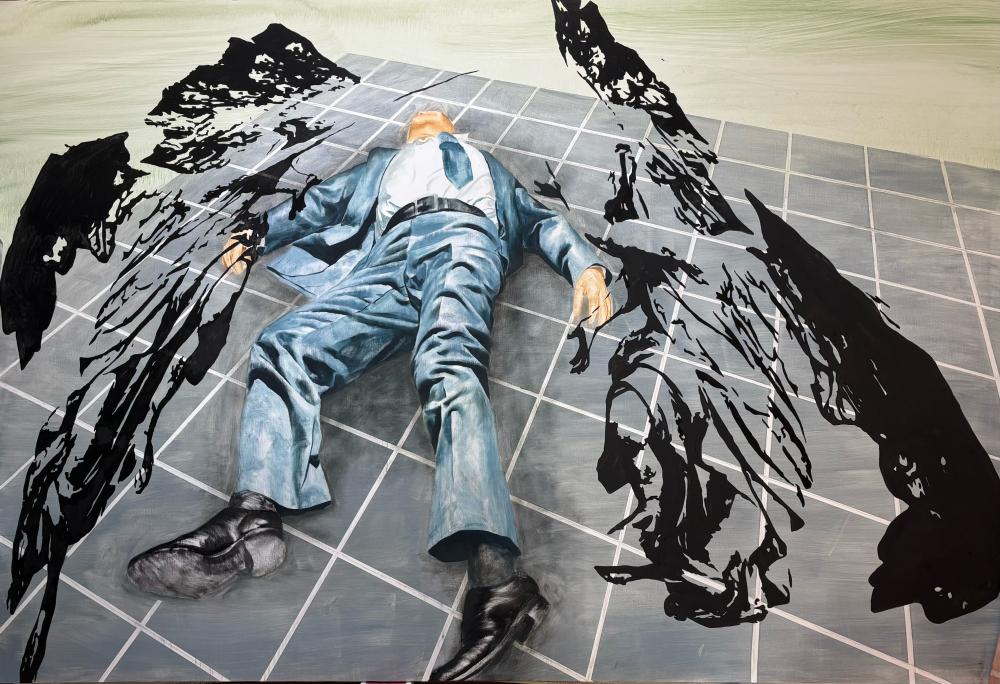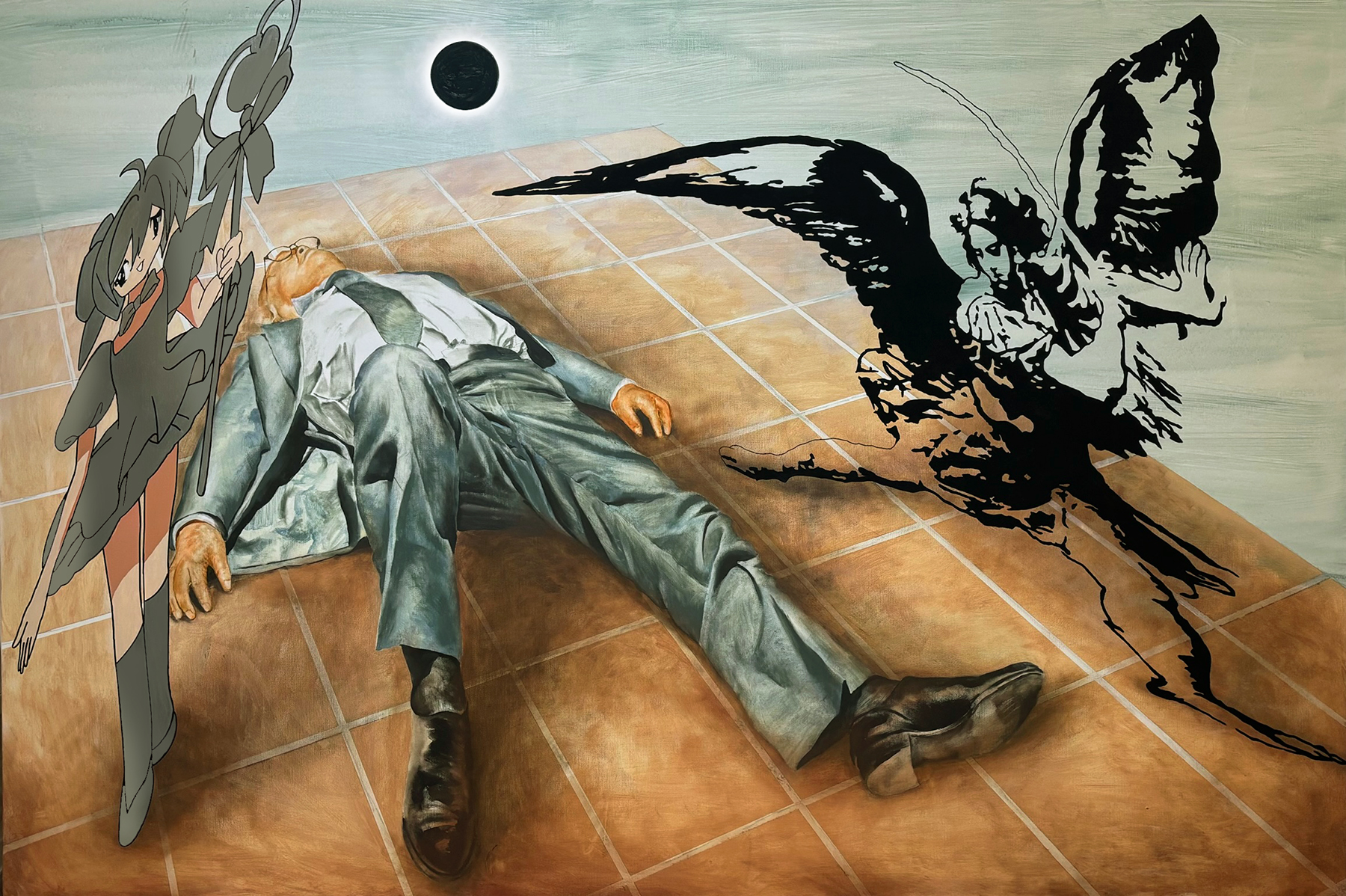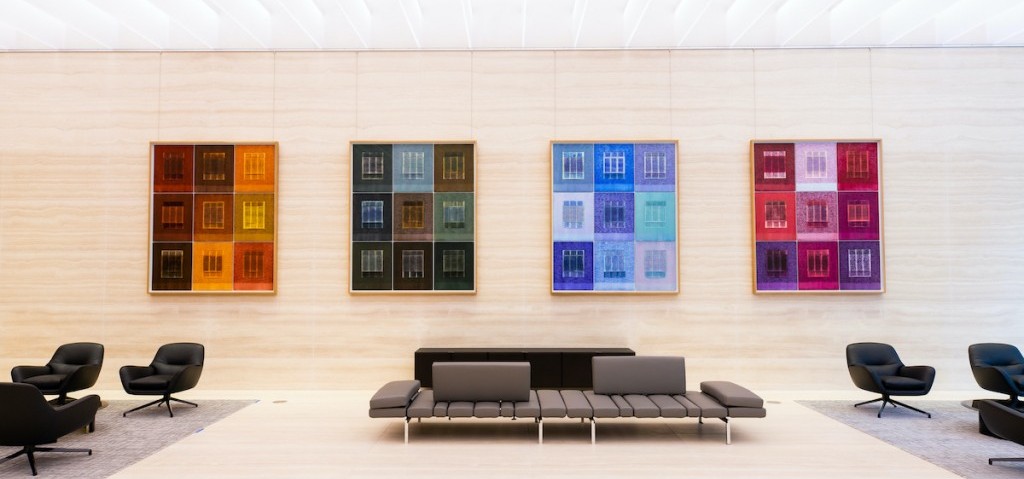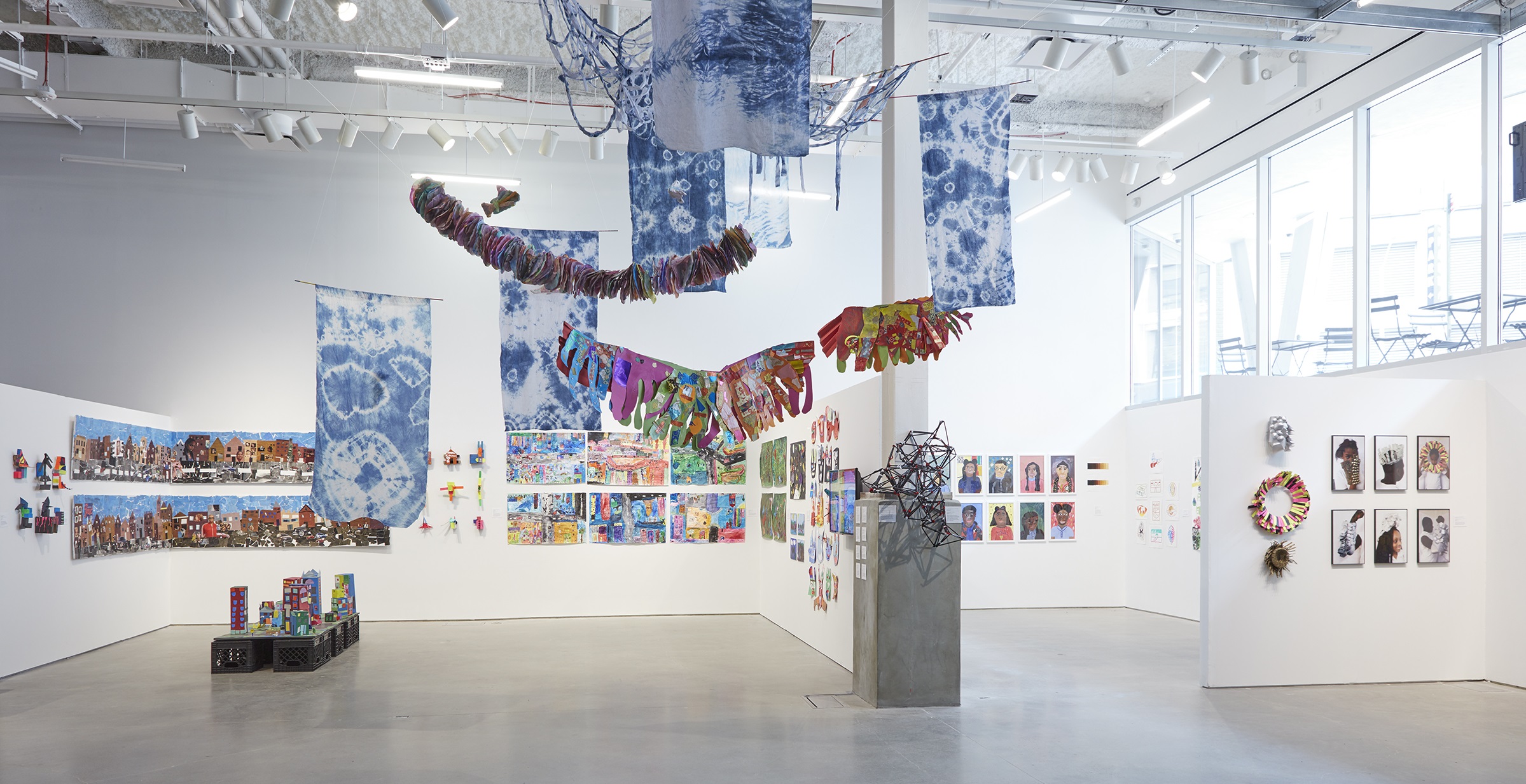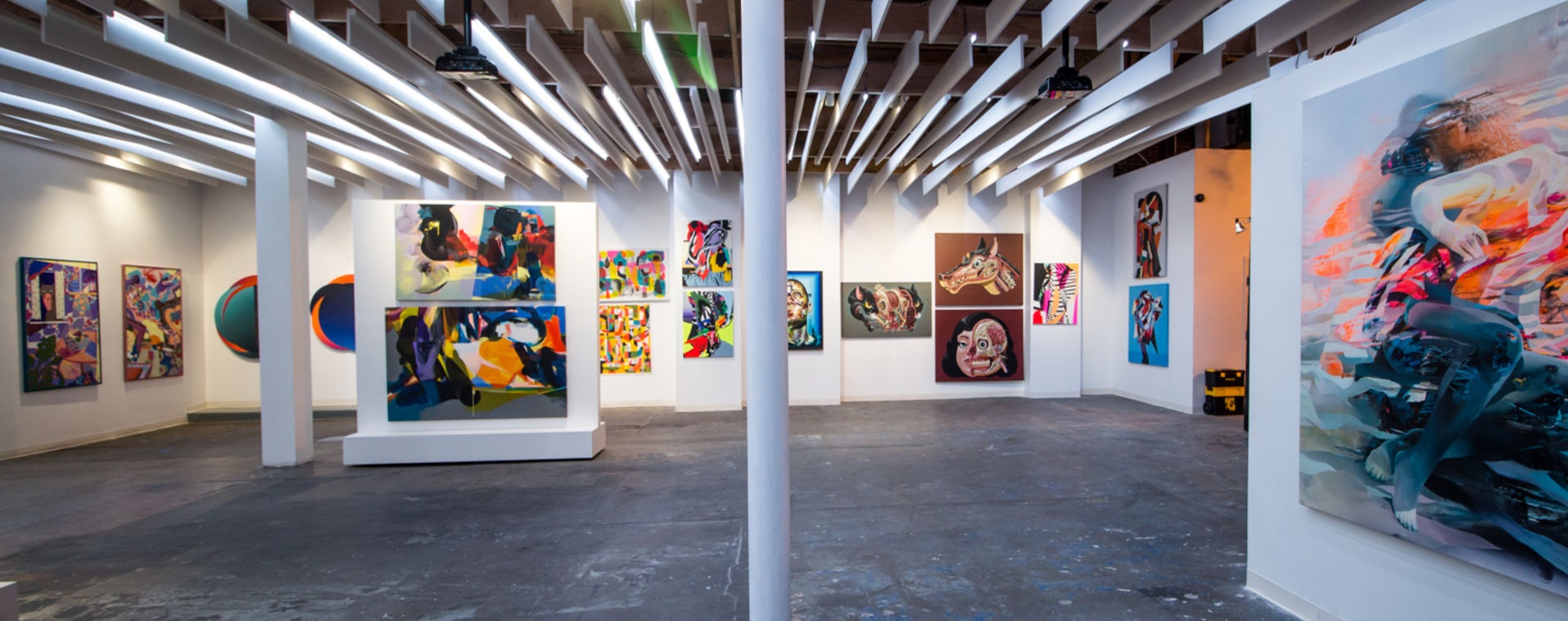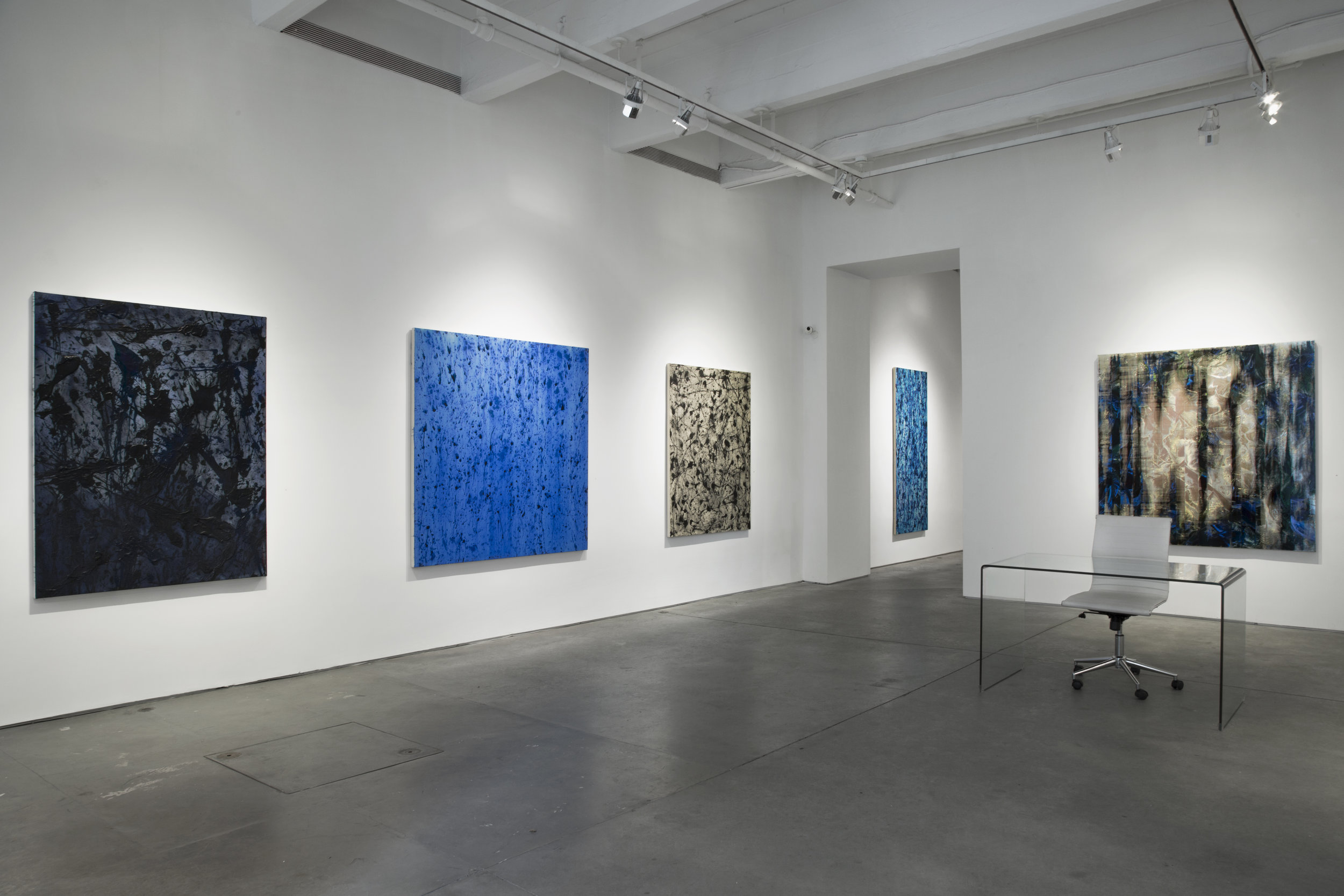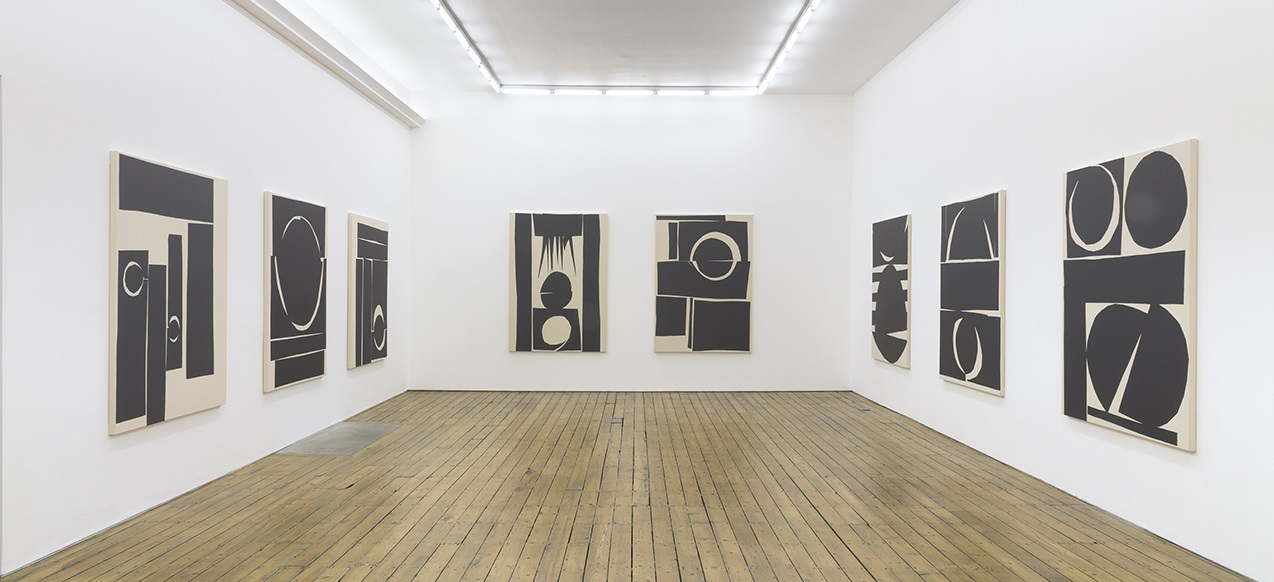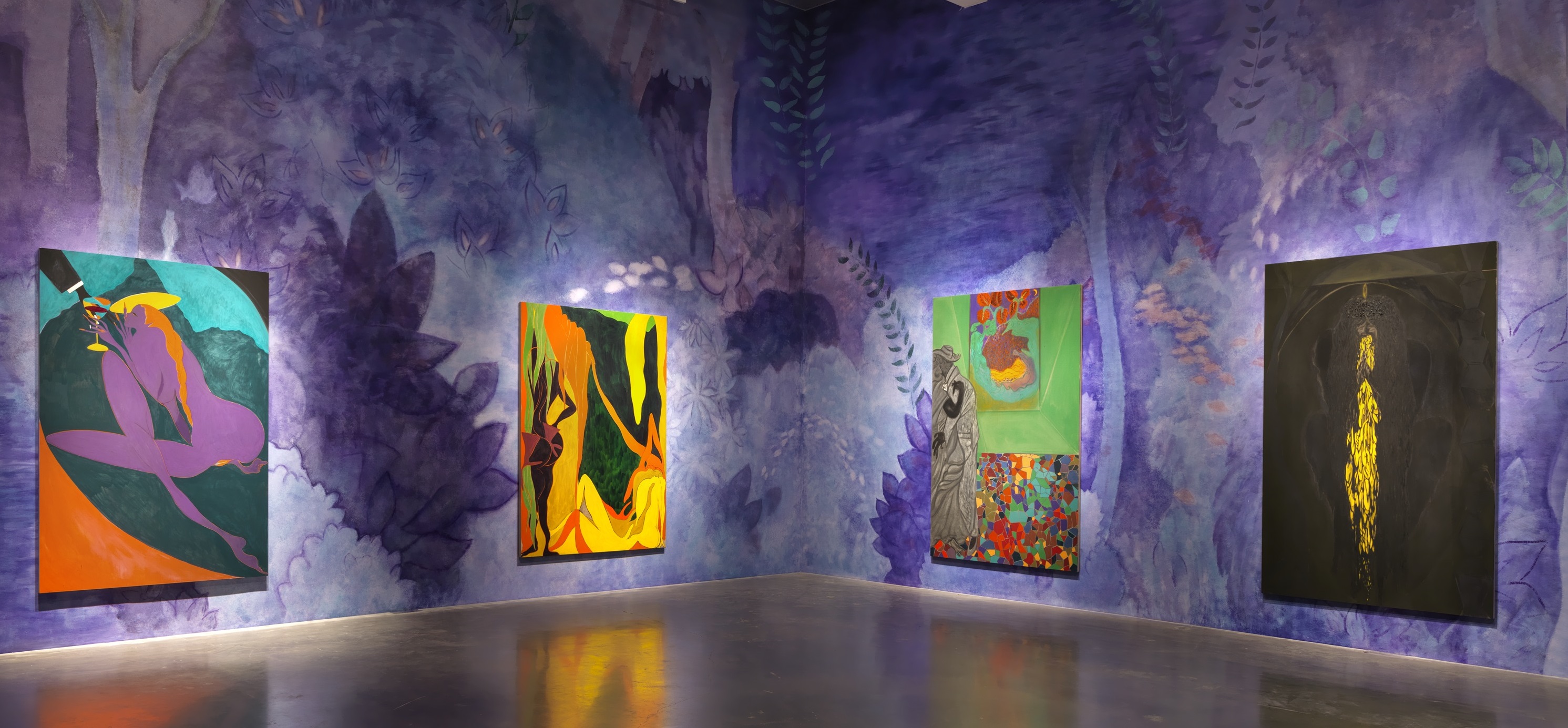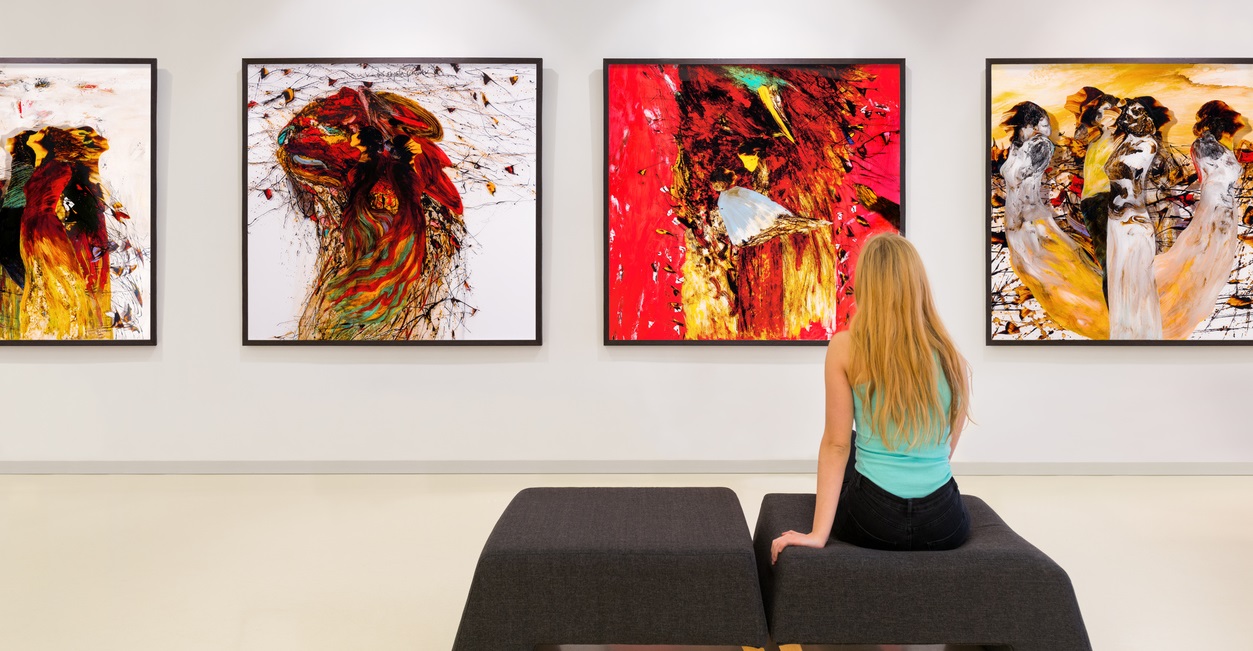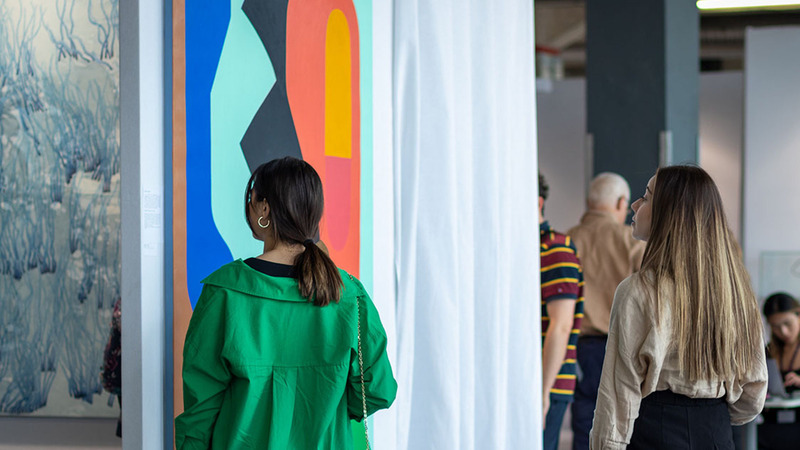
Strategically Promoting Japanese Art to Europe
Two years ago, I attended Frieze London and Art Basel in Paris. I was struck by the limited presence of Japanese galleries and the scarcity of Japanese artists at these prominent events. Additionally, the absence of art featuring anime-like characters, which are frequently seen at Japanese art fairs, was noteworthy.
In Greater China (China, Hong Kong, Taiwan, etc.), anime-like characters sometimes serve as symbols of Japanese culture, though not as prominently as in Japan. However, in Europe, they do not attract much attention.
While Japanese anime enjoys significant popularity at the Japan Expo in Paris, this appeal is largely confined to anime enthusiasts rather than the broader art world. This suggests that while Japanese manga and anime have achieved a certain level of recognition, they have not yet been embraced as art by European markets.
The reception of Takashi Murakami’s work—viewed as both controversial and highly valuable, yet not central to the art scene—further illustrates this divide.
Recently, many galleries in Harajuku have been showcasing illustration works reminiscent of manga as art. Nevertheless, considerable effort is required for these works to be recognized as fine art in Europe. In Japan, illustrations of cute girls are popular, driven by a domestic market that shares elements with idol fan culture. However, European audiences often view these works through a different lens, with some considering them inappropriate.
For Europeans, anime and manga are frequently seen as nostalgic remnants of childhood rather than relevant contemporary culture. The same is true for Japanese entertainment phenomena like Johnny’s and AKB, which have struggled to gain traction in the West, where audiences demand more mature performances and cultural experiences.
Given these challenges, Japanese artists aiming for success in Europe must move beyond merely being “Japanese” and instead develop a nuanced understanding of European trends and concepts. They should consider how their work can be positioned within this context.
European contemporary art often values works with historical, philosophical, or social significance. Art that engages with contemporary issues or reinterprets traditional techniques in innovative ways tends to attract significant attention.
To succeed in Europe, Japanese artists should deepen their understanding of local culture and society and explore how their work can evolve. European contemporary art values concepts and narratives that provoke thoughtful engagement, rather than just visual appeal.
By integrating themes and concepts rooted in traditional Japanese culture with a European perspective, Japanese artists are more likely to achieve broader acceptance.
Additionally, staying informed about market trends and analyzing demand is crucial. Researching the types of works showcased at major European art fairs and galleries can provide insights into how to differentiate one’s own work. For example, art that blends the latest trends in digital, interactive, or ecological art with a unique Japanese sensibility may be particularly well-received in Europe.
Ultimately, art is a competitive tool in the global marketplace. To refine this tool, Japanese artists must adopt a world-class perspective and move beyond reliance on “Japanese-ness” alone. They need a thorough understanding of local trends and concepts and should strategically showcase their individuality within that context.
For the Japanese art scene to effectively present itself on the global stage, it is essential not only to enhance the quality of artworks but also to identify which types of art will be embraced in various markets. Continuous research, dedication, and a commitment to evolving one’s work are vital for achieving success in Europe.
—————————————————————————————-
Second book written by the president of Tagboat, Kenji Tokumitsu, “Textbook of Contemporary Art Investment,” is now available for purchase on Amazon here.

